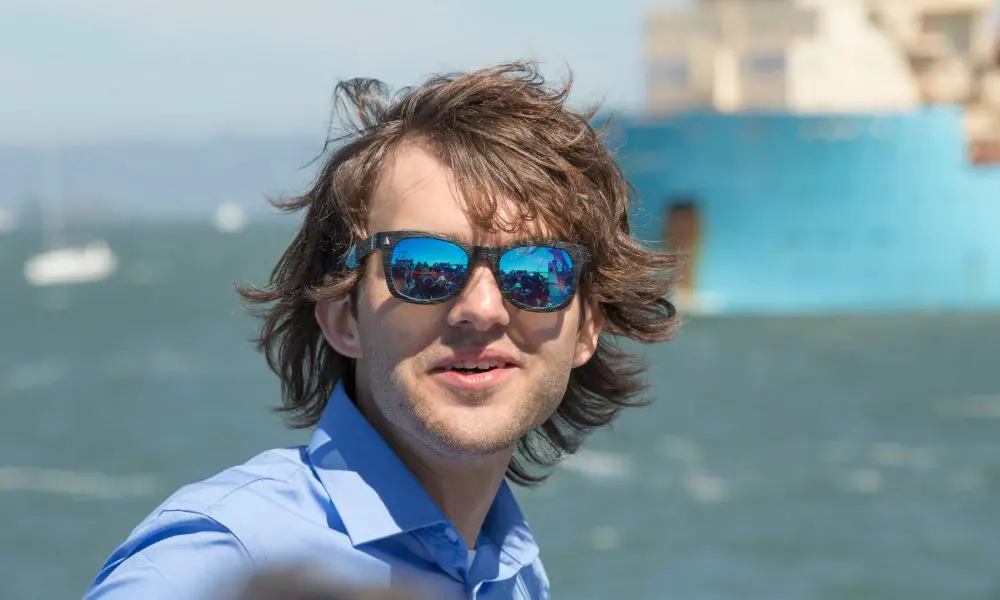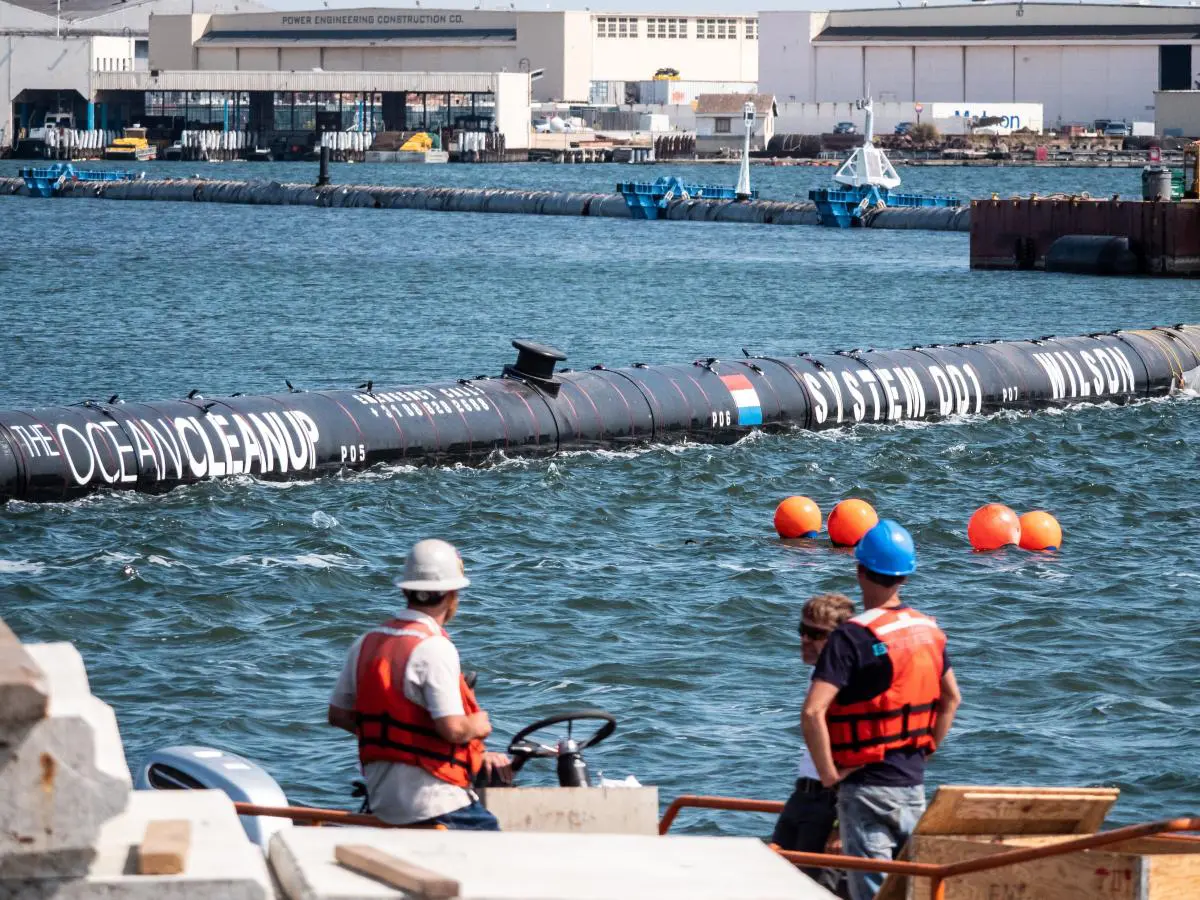The Ocean Cleanup system has been deployed 1200 nautical miles off the shore if San Fransisco on Saturday, reports Dutch inventor Boyan Slat. The 24-year old came up with the solution he claims will get rid of 90% plastic waste swirling around in the ‘Great Pacific Garbage Patch’ by 2040.
“System 001” developed by Dutch eco-pioneer Boyan Slat is currently en-route from the San Francisco Bay to the world’s largest marine waste hotspot situated halfway between Hawaii and California. The floating system is being towed by the vessel Maersk Launcher, which will remain at the final destination as an observation post for several weeks.
1.8 trillion pieces
The Great Pacific Garbage Patch contains an estimated 1.8 trillion pieces of plastic, and covers an area twice the size of Texas. According to Slat, the first plastic will be collected and returned to land within 6 months after deployment.

‘This will mark the first time that free floating plastic will have been successfully collected at sea,’ he comments. The Ocean Cleanup plans to recycle the material into high-end products and use the proceeds to help fund its future clean-up missions.
Thinking ahead
The young entrepreneur explains that a secondary goal is to collect performance data to improve the design for later deployments. For instance, the system is equipped with solar-powered and satellite-connected sensors, cameras and navigation lights to communicate the position of System 001 to passing marine traffic, and enable extensive monitoring of the system and the environment.
The Ocean Cleanup aims to scale up to a fleet of approximately 60 systems focused on the Great Pacific Garbage Patch over the next two years. Slat believes that the full fleet can remove half of the plastic in the area within five years’ time.
Mitigating disaster
Finally deploying the waste collection system is ‘an important milestone’, Slat realises. ‘But the real celebration will come once the first plastic returns to shore. For 60 years, mankind has been putting plastic into the oceans; from that day onwards, we’re taking it back out again,’ he said at the San Fransisco ceremony.

‘I am incredibly grateful for the tremendous amount of support we have received over the past few years from people around the world, that has allowed us to develop, test, and launch a system with the potential to begin to mitigate this ecological disaster,’ he told the crowd on Saturday. ‘This makes me confident that, if we manage to make the technology work, the cleanup will happen.’
How does it work?
System 001 consists of a 600-meter-long (2000 ft) U-shaped floating barrier with a three-meter (10 ft) “skirt” attached below. Slat emphasises that the system is designed to be propelled by wind and waves, allowing it to ‘passively catch’ plastic debris. Due to its shape, the debris will be funnelled to the center of the system. Moving slightly faster than the plastic, the system will act ‘like a giant Pac-Man’, skimming the surface of the ocean.
More than US$ 20 million has been invested by various parties to kick-start development of the system. Boyan Slat first came up with the idea in 2013, when he was 18 years-old and was studying at Technical University Delft in the Netherlands.

Don't hesitate to contact us to share your input and ideas. Subscribe to the magazine or (free) newsletter.



